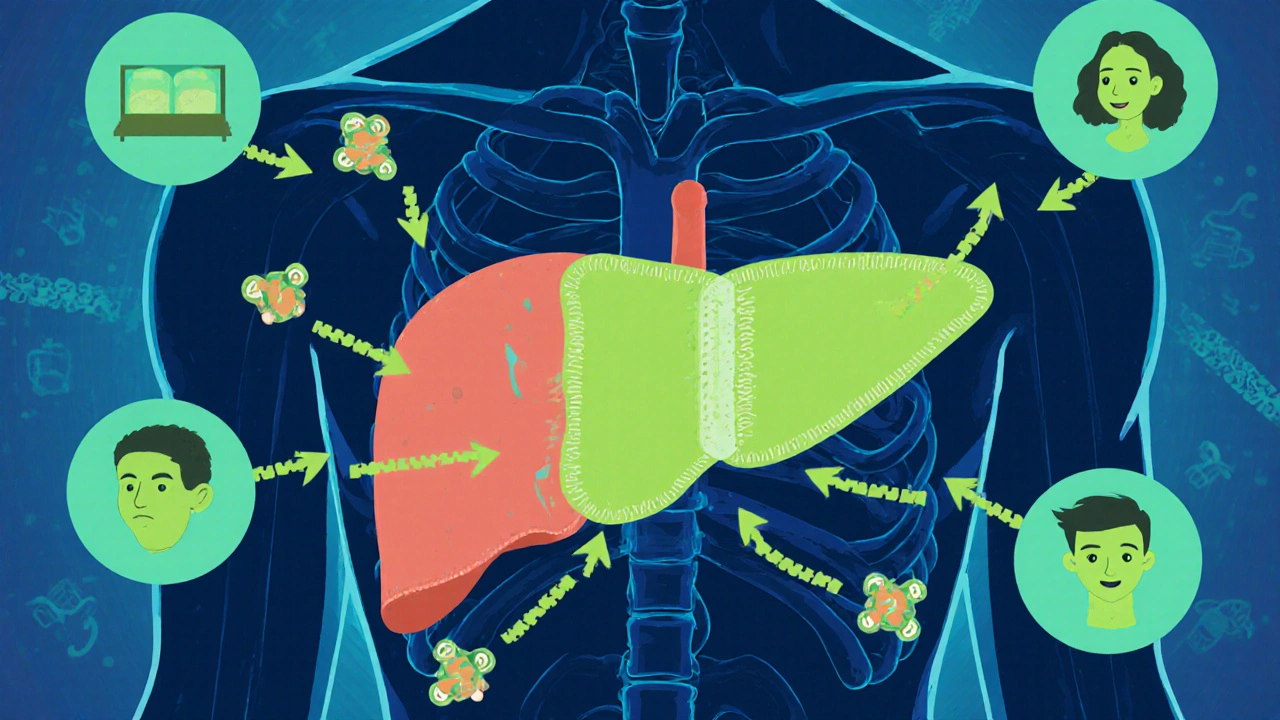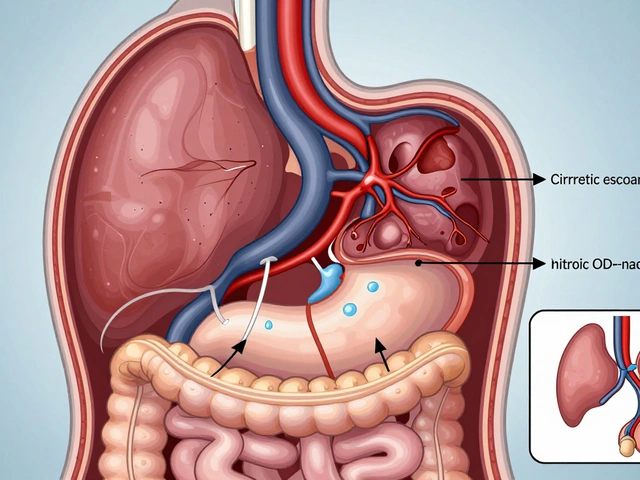Prednisone Side Effects: What You Need to Know Before Taking It
When you take prednisone, a synthetic corticosteroid used to reduce inflammation and suppress the immune system. Also known as a glucocorticoid, it helps with conditions like asthma, rheumatoid arthritis, and severe allergies—but it doesn’t come without trade-offs. Many people start prednisone expecting quick relief and end up surprised by how much it changes their body. It’s not just about feeling better; it’s about managing the side effects that come with it.
One of the most common issues is weight gain, a result of increased appetite and fluid retention. You might notice your face rounding out, your stomach swelling, or your clothes fitting tighter—even if you’re eating the same as before. Then there’s mood changes, ranging from irritability to anxiety or even depression. Some people feel energized; others feel like they’re on an emotional rollercoaster. These aren’t in your head—they’re chemical reactions in your brain triggered by the drug.
Long-term use brings bigger risks. Bone thinning, or osteoporosis, is a silent threat. You might not feel it until you fall and break something. High blood pressure and elevated blood sugar are also common, especially if you already have diabetes or hypertension. Even your skin changes—it gets thinner, bruises easier, and heals slower. And if you stop prednisone too fast? Your body can go into withdrawal, a dangerous drop in natural cortisol production that can cause fatigue, nausea, and low blood pressure.
That’s why timing and dosage matter. Doctors don’t prescribe prednisone lightly. It’s usually meant for short bursts, not years of daily use. But sometimes, it’s the best tool for the job. That’s where knowing your options helps. Prednisolone, a closely related steroid, works similarly but may be easier on some people. Other corticosteroid alternatives, like budesonide or methylprednisolone, offer targeted effects with fewer systemic side effects. And when possible, doctors look for non-steroid ways to manage inflammation—like physical therapy, diet changes, or newer biologic drugs.
What you’ll find below isn’t just a list of articles. It’s a practical toolkit. You’ll see how prednisone compares to other steroids like Medrol and Omnacortil, what real people experience with side effects, and how to spot warning signs before they become emergencies. There’s also info on what to do if you need to stop, how to protect your bones and blood sugar, and which alternatives might give you relief without the same risks. This isn’t theory—it’s what people are actually dealing with, and how they’re managing it.





